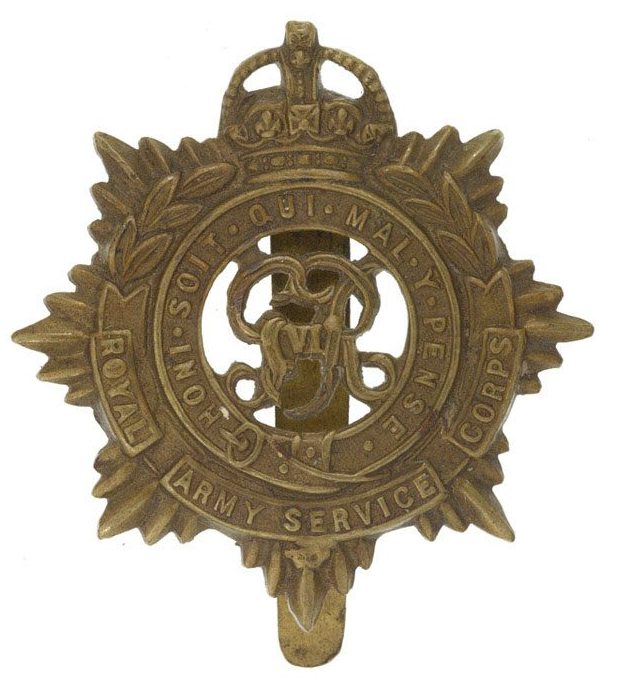Personal Details
Born: 5 May 1887 in Whitchurch, Shropshire and baptised on 19 June the same year in the Wesleyan Methodist Chapel, Whitchurch.
Family: He was the eldest of three surviving children born to Thomas Powell, a plasterer, and his wife Mary Ellen. He married Mary E Jones in 1939 in Oswestry, Shropshire; no children can be located for this marriage.
Residence: When he was baptised he lived with his family in Alkington Road, Whitchurch. By 1901 he lived at 28 Smallbrook Road (also known as West End and Oddfellows Cottages) which was the address shown on the 1919 Absent Voters’ Register. (The 1911 Census record does not include Thomas). The 1911 census shows him boarding at 16 Seamoor Road, Bournemouth, Hampshire and in 1939 he was living at 7 Llewelyn Road, Colwyn Bay, Denbighshire. At the time of his death in 1949 he was living at 97 Alkington Road, Whitchurch.
Employment: In 1911 and on his attestation in 1915 he was a grocer’s assistant. In 1939 he was a Betterware salesman.
Died: 16 October 1949 in Whitchurch, aged 62.
Military Details
Regiment: Royal Army Service Corps
Rank: Corporal
Service Number: S4/065110
Date of Enlistment: 3 February 1915
Date of Discharge: 11 June 1919
Reason for Discharge: Demobilisation
Other Information: His brother, Charlie Samuel, also served in WW1.
Thomas was awarded the Campaign Medals (British War Medal and Victory Medal)

The British War Medal (also known as 'Squeak') was a silver or bronze medal awarded to officers and men of the British and Imperial Forces who either entered a theatre of war or entered service overseas between 5th August 1914 and 11th November 1918 inclusive. This was later extended to services in Russia, Siberia and some other areas in 1919 and 1920. Approximately 6.5 million British War Medals were issued. Approximately 6.4 million of these were the silver versions of this medal. Around 110,000 of a bronze version were issued mainly to Chinese, Maltese and Indian Labour Corps. The front (obv or obverse) of the medal depicts the head of George V. The recipient's service number, rank, name and unit was impressed on the rim.
The Allied Victory Medal (also known as 'Wilfred') was issued by each of the allies. It was decided that each of the allies should each issue their own bronze victory medal with a similar design, similar equivalent wording and identical ribbon. The British medal was designed by W. McMillan. The front depicts a winged classical figure representing victory. Approximately 5.7 million victory medals were issued. Interestingly, eligibility for this medal was more restrictive and not everyone who received the British War Medal ('Squeak') also received the Victory Medal ('Wilfred'). However, in general, all recipients of 'Wilfred' also received 'Squeak' and all recipients of The 1914 Star or The 1914/1915 Star (also known as 'Pip') also received both 'Squeak' and 'Wilfred'. The recipient's service number, rank, name and unit was impressed on the rim.

